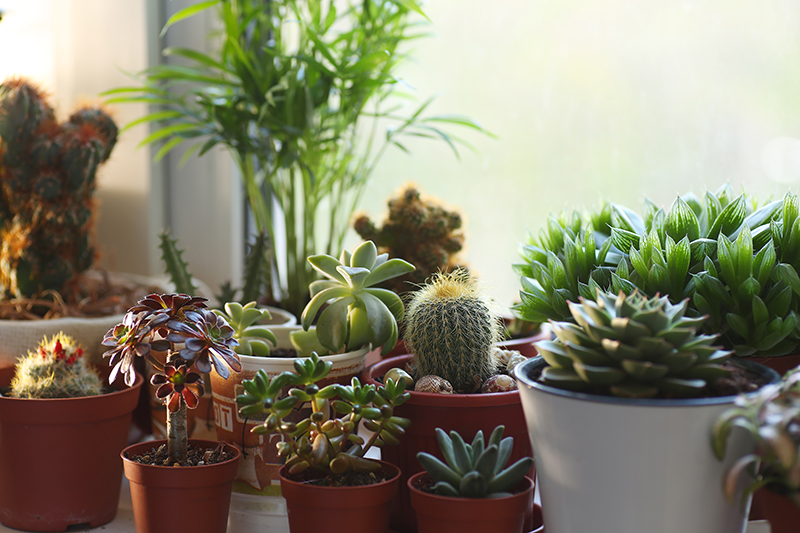 your home of toxins, you’re in for a surprise.
A 1989 NASA study attempted to find new ways to clean the air in space stations. Despite some pretty neat findings, it never claimed houseplants are great at removing chemicals from your home’s air — although countless articles have since cited the study as proof of that point.
And the headline “Houseplants Remove Toxins” does sound a lot more exciting than the report’s actual statement:
“Low-light-requiring houseplants, along with activated carbon plant filters, have demonstrated the potential for improving indoor air quality by removing trace organic pollutants from the air in energy-efficient buildings.”
And if you thought that was a buzzkill, the paper’s summary continues to disappoint:
“Activated carbon filters containing fans have the capacity for rapidly filtering large volumes of polluted air and should be considered an integral part of any plan using houseplants for solving indoor air pollution problems.”
In other words, even if your dracaena had the potential to remove trace toxins from your energy-efficient home, you’d still need to recreate NASA’s complicated system, which blows air through the activated carbon in the plant’s root zone.
Furthermore, if you see a list of the best plants for removing toxins, it’s nothing more than a list of the plants used in the study.
your home of toxins, you’re in for a surprise.
A 1989 NASA study attempted to find new ways to clean the air in space stations. Despite some pretty neat findings, it never claimed houseplants are great at removing chemicals from your home’s air — although countless articles have since cited the study as proof of that point.
And the headline “Houseplants Remove Toxins” does sound a lot more exciting than the report’s actual statement:
“Low-light-requiring houseplants, along with activated carbon plant filters, have demonstrated the potential for improving indoor air quality by removing trace organic pollutants from the air in energy-efficient buildings.”
And if you thought that was a buzzkill, the paper’s summary continues to disappoint:
“Activated carbon filters containing fans have the capacity for rapidly filtering large volumes of polluted air and should be considered an integral part of any plan using houseplants for solving indoor air pollution problems.”
In other words, even if your dracaena had the potential to remove trace toxins from your energy-efficient home, you’d still need to recreate NASA’s complicated system, which blows air through the activated carbon in the plant’s root zone.
Furthermore, if you see a list of the best plants for removing toxins, it’s nothing more than a list of the plants used in the study.
So can houseplants purify my air or not?
In theory, yes. But if you’re thinking of making your own botanical air filtration system, you’ve got a lot of work to do. As an EPA reviewer explained in 1992, “To achieve the same pollutant removal rate reached in the NASA chamber study,” you would need “680 plants in a typical house.” You’d be better off buying an actual air filtration system or, at the very least, vacuuming more often. Yes, it’s true that some plants in the NASA list were more effective at removing benzene, trichloroethylene, and/or formaldehyde than others, but the amount is so negligible that neither the American Lung Association nor the EPA recommends using houseplants to improve your air. Taking it a step further, both organizations warn that houseplants can worsen your air quality, introducing bacteria that grows in damp potting mix or pesticides used by the nursery. Don’t let that discourage you from indoor gardening, though. If you’re that worried about your air quality, you’d never step outside in the first place. In any case, here’s how to keep your houseplants squeaky clean:- Dust those leaves! While you’re at it, dust the house.
- Keep potting mix in its place with an ornamental mulch of river rocks or gravel.
- Avoid using pesticides whenever possible.
- Place saucers under each plant to catch excess potting mix.
- To prevent mold, water plants only when the top half inch of the potting mix is dry.
- Remove any diseased, yellowed, damaged, or fallen leaves.



